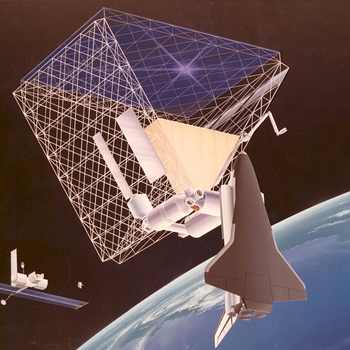What is the difference between a fermion and a boson?
2 Answers
Fermions are those elementary particles which have Half integral spins whereas Bosons have integral spins.
Explanation:
In particle physics or systems involving elementary particles the description of particles are made on the basis their features like
mass, charge etc. and their interactions with other particles.
The interactions can be weak or strong derived from different phenomena happening in their world.
In early days of their discovery and description of their mechanics it was found that these particles can have intrinsic spin angular momentum.
As the particles are quantum ones their spin angular momentum measured in units of h_bar were found to be quantized.
A group of particles were found to have their spins(s) of half integral values say
whereas another group were found to have integral spins
0,1,2,...etc and were called bosons.
(all measured in units of h-bar =
this type of separation of particles in two group helped physicist to describe their behaviour more exactly in quantum mechanics.
furthermore-
The fermions were found to obey Pauli exclusion principle and obeyed Fermi-Dirac statistics
whereas bosons obeyed Bose -Einstein statistics.
The fermions can only be described by Antisymmetric wave function whereas bosons can be represented by Symmetric wave function. the spin wavefunctions are in a separate space.
Popular members of fermions are electron, quarks, neutrino, proton , neutron...etc
and they are building blocks of matter.
photons, gluons, , higgs bosons, W, Z bosons... are some of
the bosons they are usually field quanta. whose exchange
leads to interaction between the fermions.
Fermions
- These particles follow Fermi-Dirac statistics.
- They also obey the Pauli exclusion principle.
- Fermions include all quarks, leptons and composite particles.
Bosons
- These particles follow Bose-Einstein statistics.
- They do not obey the Pauli exclusion principle. i.e., bosons with the same energies can occupy the same space.
- Bosons include, photons, W and Z bosons, Gluons and the Higgs boson.
Take a look at the standard model to view the types in greater detail.


